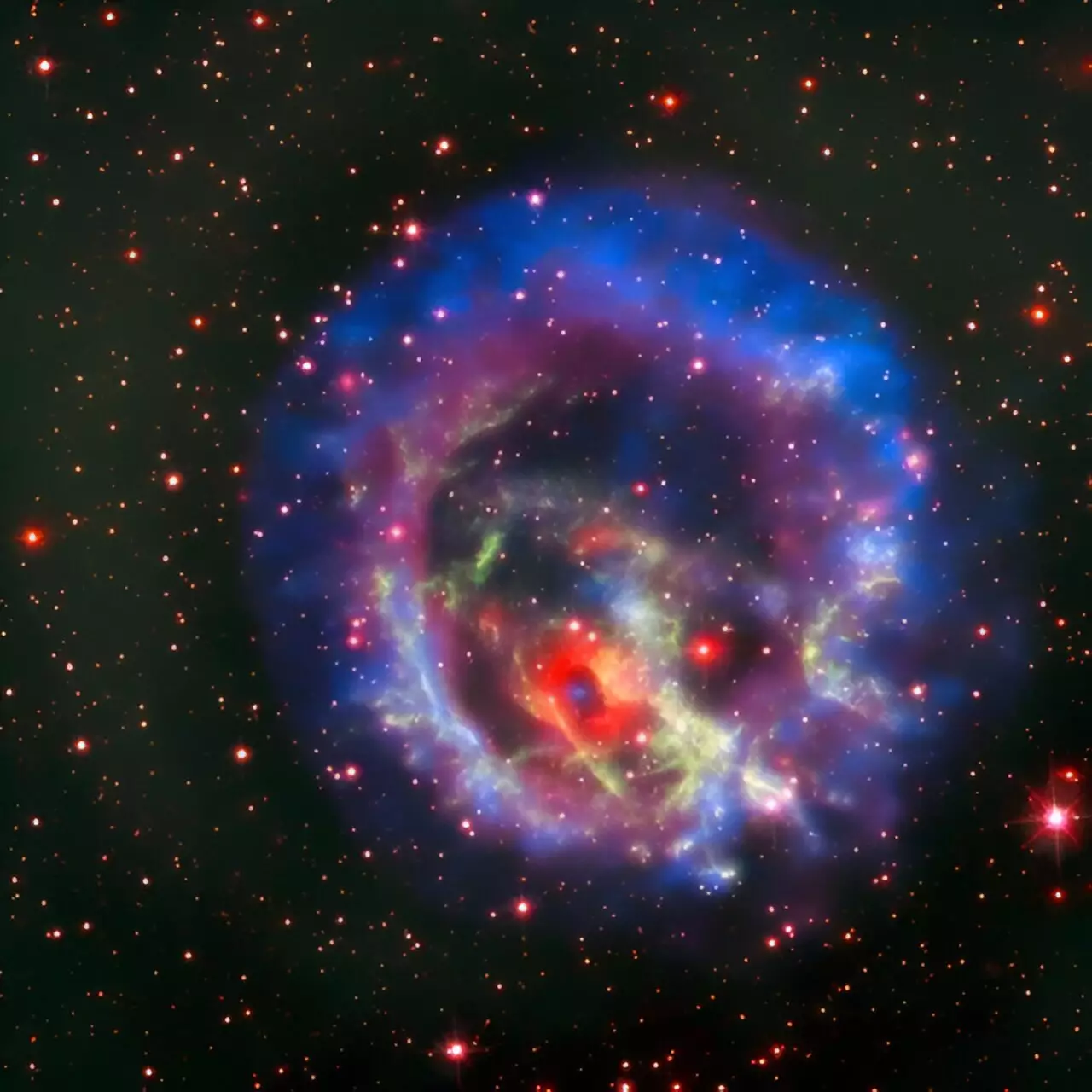Recent theoretical advancements suggest that upcoming laboratory experiments aimed at replicating the conditions of the early universe might yield an unexpected byproduct: some of the strongest electromagnetic fields ever recorded. A team of physicists led by Hidetoshi Taya from RIKEN has examined how collisions of heavy ions can create not only exotic states of matter but also potent fields that could unlock the mysteries of fundamental physics. This article delves into the implications of these findings and their significance for understanding the universe’s origins.
The pursuit of understanding how ultrahigh-density objects interact is central to modern physics. According to the Standard Model, matter under extreme conditions transforms into a quark-gluon plasma—a phase that existed only moments after the Big Bang. However, significant gaps remain in our theoretical understanding, particularly when it comes to the behaviors of such matter at trivialized densities. Taya emphasizes that ongoing experimental validation is critical. While past research has predominantly focused on achieving high temperatures through heavy ion collisions, there is a transformational shift occurring toward harnessing intermediate energies to explore high-density phenomena.
This shift is not merely academic; it bears immense relevance to astrophysics, as similar conditions are present in environments like neutron stars and supernovae explosions. The insights gained from terrestrial experiments could provide crucial data about the early universe’s formation and evolution.
One of the most intriguing revelations from Taya’s study is the possibility that these heavy ion collisions could inadvertently create electromagnetic fields many orders of magnitude stronger than anything currently achievable in lab environments. Taya draws an insightful parallel, comparing the strength of intense lasers to approximately a hundred trillion LEDs, yet these are still weaker than the fields anticipated from planned heavy-ion collision experiments.
Taya’s theoretical analysis, published in Physical Review C, suggests that conditions during these collisions can sustain electric fields that are not only intense but also remarkably enduring. The implications of these findings are vast, opening avenues for exploring new physics phenomena that have eluded researchers thus far. Such ultrastrong fields could challenge existing theoretical frameworks and provide pathways to uncovering new laws governing particle interactions.
The Challenges Ahead
Despite the excitement surrounding these potentials, it is essential to note that experimental validation remains a formidable challenge. The fields created in such collisions cannot be directly measured due to practical limitations; instead, physicists will need to derive understanding through the properties of the particles produced in these collisions. Taya emphasizes the necessity of a nuanced comprehension of how these strong electromagnetic fields influence observable particles. This understanding is fundamental to corroborating Taya’s predictions and establishing a direct connection between theoretical analysis and experimental findings.
An essential component of this research endeavor is the pursuit of techniques and methodologies to effectively interpret and derive results from heavy ion collision experiments. The interplay between innovative experimental designs and theoretical insights will be paramount in a scientific landscape marked by complexity and uncertainty.
The intersection of theoretical physics and practical experiments offers a tantalizing glimpse into realms of knowledge yet to be fully grasped. As physicists explore the potentials inherent in heavy ion collisions, the prospect of creating ultrastrong electromagnetic fields stands at the forefront of this cutting-edge research. While questions remain and challenges loom, the potential discoveries could fundamentally reshape our understanding of particle physics and the universe’s origins. By embarking on this quest, scientists are not just chasing particles; they are pursuing the very secrets of reality itself. This synergy between theory and practice may soon illuminate the shadows of our cosmos, leading to thrilling new chapters in the story of matter and energy.

